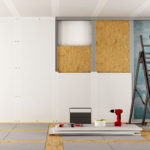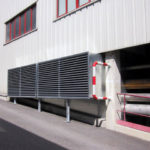Introduction
Truth be told, all materials can absorb sound energy to some extent. However, materials that are specifically known as sound absorbers or sound absorbers will absorb most of the sound energy that collides with them. These specialized materials are generally referred to as “acoustic materials” and are designed to have high absorption qualities.
The main use of these materials is to reduce reverberant sound pressure levels (the one that originates when the sound wave “bounces” off the surfaces that are in its path). This leads to a reduction in the overall reverberation in a space, commonly (and actually quite imprecisely) known as echo rolloff.
There are various sound-absorbing materials. However, before discussing them, we must first understand the difference between sound absorption and soundproofing.
Soundproofing vs. Acoustic Absorption: What’s the Difference?
When it comes to general acoustics, there may be two different goals:
- Absorb the reverberant energy that creates sound within a space.
- Avoid transmission of sound energy.
The search for compliance with the first of these objectives is known as acoustic adaptation and that of the second is known as soundproofing/a>. Both forms of sound manipulation use specific materials and products to combat sound waves.
Sound-absorbing materials will absorb most of the sound energy that collides with them and reflect very little. This quality makes them useful in noise control within a space or enclosure.
They are used in a variety of locations: near the source of the noise, in intermediate positions, or near the receivers.
For its part, however, soundproofing a space involves four concepts: adding mass, damping, decoupling, and absorption. In practice, acoustic absorption is a necessary but not sufficient part of reinforcing the acoustic insulation capacity. Materials used for soundproofing are often dense and heavy, allowing them to decouple structures. Thanks to its density, instead of sound waves penetrating through the structure, they are reflected back into space.


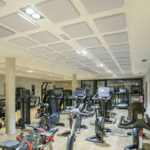
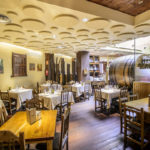

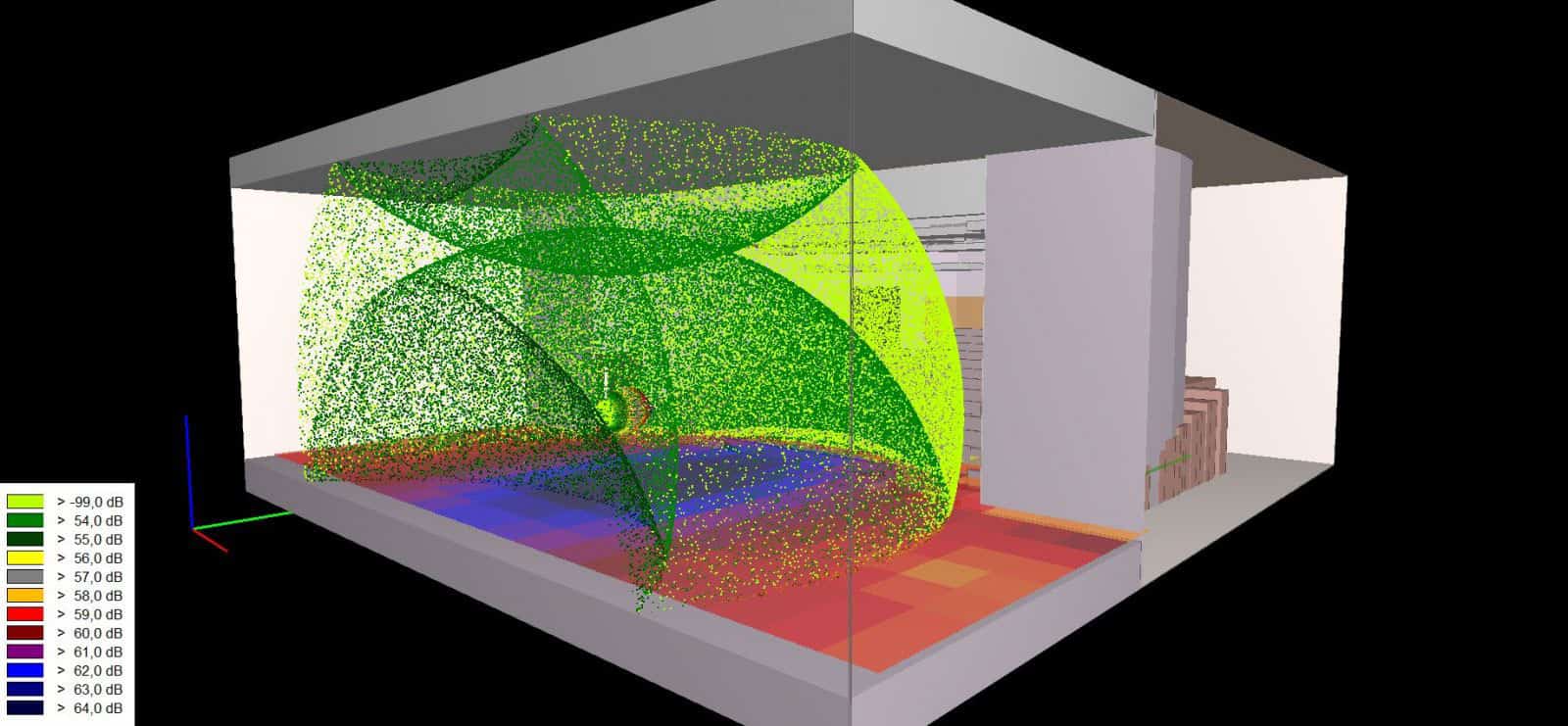
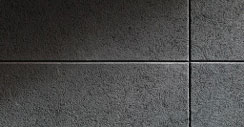 Materials with a high acoustic absorption coefficient areusually porous.
Materials with a high acoustic absorption coefficient areusually porous.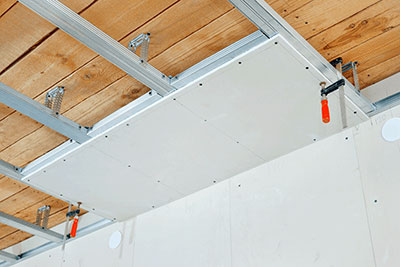 A membrane or plate absorber is an impermeable, non-rigid, non-porous material that is placed over an air space. When acoustic energy is applied to the absorber, the oscillating system (mass of the front panel and the spring formed by the trapped air) is transformed into mechanical energy.
A membrane or plate absorber is an impermeable, non-rigid, non-porous material that is placed over an air space. When acoustic energy is applied to the absorber, the oscillating system (mass of the front panel and the spring formed by the trapped air) is transformed into mechanical energy.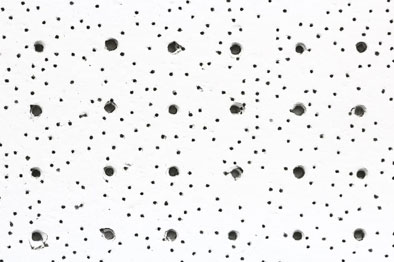 These types of sound absorbers are generally only used when you need to combat sound in a narrow but defined frequency range. They are used to focus on issues related to low frequencies.
These types of sound absorbers are generally only used when you need to combat sound in a narrow but defined frequency range. They are used to focus on issues related to low frequencies.
